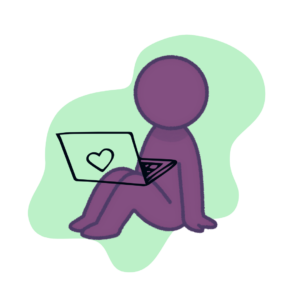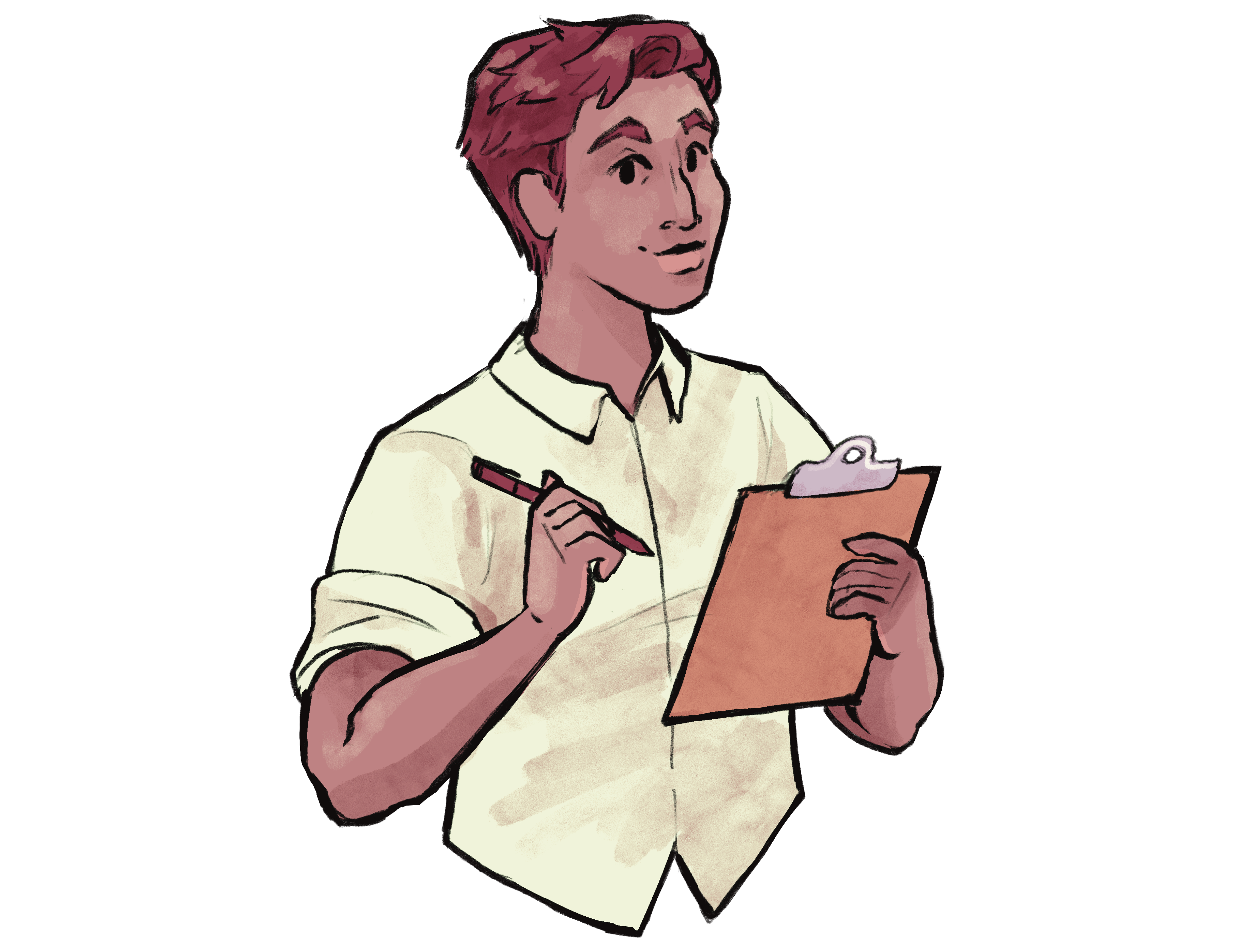You may be wondering, am I at risk of getting HIV? Let’s start by talking about what risk really means.
What does “risk” mean?
- Risk is your chance of getting HIV based on things like:

- The kinds of sex you have
- Whether you use condoms or other protection
- If you share needles or drug equipment
- Your health and access to healthcare
- Who your partners are and what their HIV status is
Everyone’s risk is different. Taking part in something considered “high-risk” doesn’t mean you’ll definitely get HIV, and doing something considered “low-risk” doesn’t guarantee you won’t.
That’s why it’s helpful to learn about what increases or lowers your own risk, so you can make the choices that feel right for you.
HIV has often been thought of as a gay men’s issue in North America, and while it does impact gay men, and other queer men or men who have sex with men at a higher rate than the general population, being a queer man does not mean you will get HIV, and not being a queer man does not mean you won’t. Different communities have different risks based on access to healthcare, social stigma, and common activities; that being said, the communities you belong to are just one of the many complex factors that influence your personal risk.
Understanding HIV Risk in Nova Scotia
HIV can affect anyone, but some groups in Nova Scotia are more affected than others. For example, according to Nova Scotia Health, most new HIV diagnoses in recent years have been linked to:
- Condomless anal sex
- Sharing drug use equipment, especially needles or syringes
- Limited access to regular HIV testing and treatment
These activities can be fun, pleasurable, and important to our lives. We want everyone to learn more about what their own risk of HIV is, how to decrease risk, and the tools out there for people who have HIV.
You can learn more about where we got this information from at CATIE, NS Health Statement
*disclaimer: we do not necessarily endorse all of the information, content, or language used in these references


